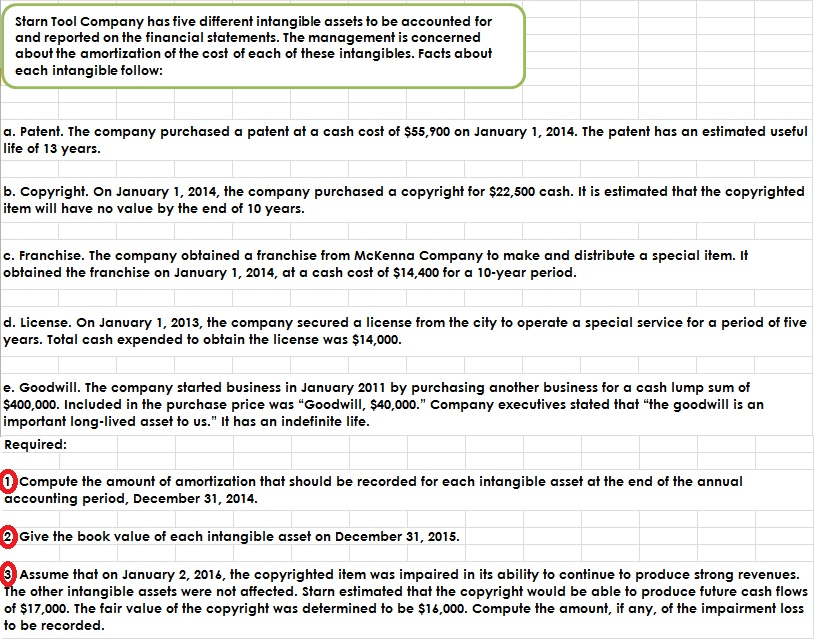
Remember that every touchpoint a days sales outstanding dso: meaning in finance calculation and applications customer has with your business (for instance, customer success) is an opportunity for you to proactively remind them. The best way to make sure that your payments go off without a hitch is by setting out the terms early. Set clear payment terms between your business and your client which lays out exactly what you expect from both parties.
What is Accounts Receivable Management?
This process is essential for converting sales into actual revenue, which is vital for the financial health and growth of a business. Automating your Accounts Receivable increases accuracy and efficiency, saving your business time and money while improving the customer experience. In the event of a dispute, having accurate records can back up your claims and help resolve disputes quickly and effectively. In this example, a client settles a $1,000 invoice, resulting in a decrease in accounts receivable and a corresponding increase in cash. This ‘soft touch’ approach keeps communication open between you and your customer and ensures that they are aware of any upcoming payments.

Done efficiently, you’ll receive timely payments, happy client relationships, and high liquidity for your business. Poor management, however, can lead to wasted staff time, accounting errors, lost revenue, and poor cash flow. Small businesses can manage accounts receivable by issuing invoices promptly, setting clear payment terms, actively pursuing collections, and regularly reviewing key performance metrics. Managing accounts receivable effectively is crucial for cash flow, as it represents revenue that you’ve earned but haven’t collected. It’s an asset on your balance sheet that you’ll want to convert into cash as quickly as possible.
This process may take a few days and should assess the customer’s financial stability and payment history. Before you even send out an invoice, it’s crucial to assess the creditworthiness of your customers. This is especially important if transactions involve significant sums and extended payment terms. The following metrics are effective indicators for assessing how well a business runs its Accounts Receivable process. Tracking these metrics can help companies find areas to improve their assessment and collection processes. If your invoice matches the agreed-upon terms in the sales order, you should have a legally binding agreement.
Sign up for latest finance stories
A receivable is created any time money is owed to a business for services rendered or products provided that have not yet been paid for. For example, when a business buys office supplies, and doesn’t pay in advance or on delivery, the money it owes becomes a receivable until it’s been received by the seller. Company B now owes Company A money, so it lists the invoice in its accounts payable column. While Company A waits to receive the money, it records the amount in its accounts receivable column.
Days Sales Outstanding (DSO) is another valuable KPI that measures the time it takes for a company to collect payment after a sale is made. This metric helps evaluate the effectiveness of credit and collection policies, as well as customer payment habits. A lower DSO indicates a faster collection of inventory turnover ratios for ecommerce receivables, while a higher DSO may imply potential cash flow problems. They are considered liquid assets because they can be used as collateral to secure a loan to help the company meet its short-term obligations.
Key Takeaways
Create a process where you’re prompted to contact a client on the first day a payment is late, so they’re aware of their payment terms and any overdue balances immediately. This strategy streamlines the collection process and avoids any confusion for your customers. Similarly, clear AR collection policies ensure you can take a proactive approach to addressing overdue accounts and streamlining your workflow. Your collection policy should highly focus on proactivity rather than reactivity. Instead of chasing a late payment, send multiple payment reminders before the due date (check out our payment reminder templates!). To address these issues, businesses need to implement a structured and agile AR management system.
- Effective receivable management will help fast-track collections, efficiently track invoices, leverage insights on customer behavior patterns, and prevent collections from aging.
- Now that we have cleared that up, follow these 8 tips to improve your receivables management and make payment collection effortless and efficient.
- Try to set automatic reminders to streamline this process and minimize the chances of human error.
- Automation ensures that all transactions are recorded accurately and in real-time.
- You’ll want to monitor this report and implement a collections process for emailing and calling clients who fall behind.
- Implementing efficient invoice management systems can lead to improved cash flow and a higher accounts receivable turnover ratio, indicating that customers are paying promptly.
Outsourcing accounts receivable management allows you to focus on other aspects of your business. Outsourcing can also bring in expertise that leads to a more efficient process and improved performance. Ultimately, the decision comes down to each business’s specific needs and circumstances. With an artificial intelligence accounting assistant, like Intuit Assist, you can help automate accounting tasks such as invoicing, payment reminders, and payment collection.
The company’s cash flow is directly impacted by changes in accounts receivable. As customers pay off their outstanding debts, the cash cost-volume-profit relationships inflow increases, improving the company’s cash flow position. The cash flow statement captures this impact, linking the balance sheet and the income statement.
